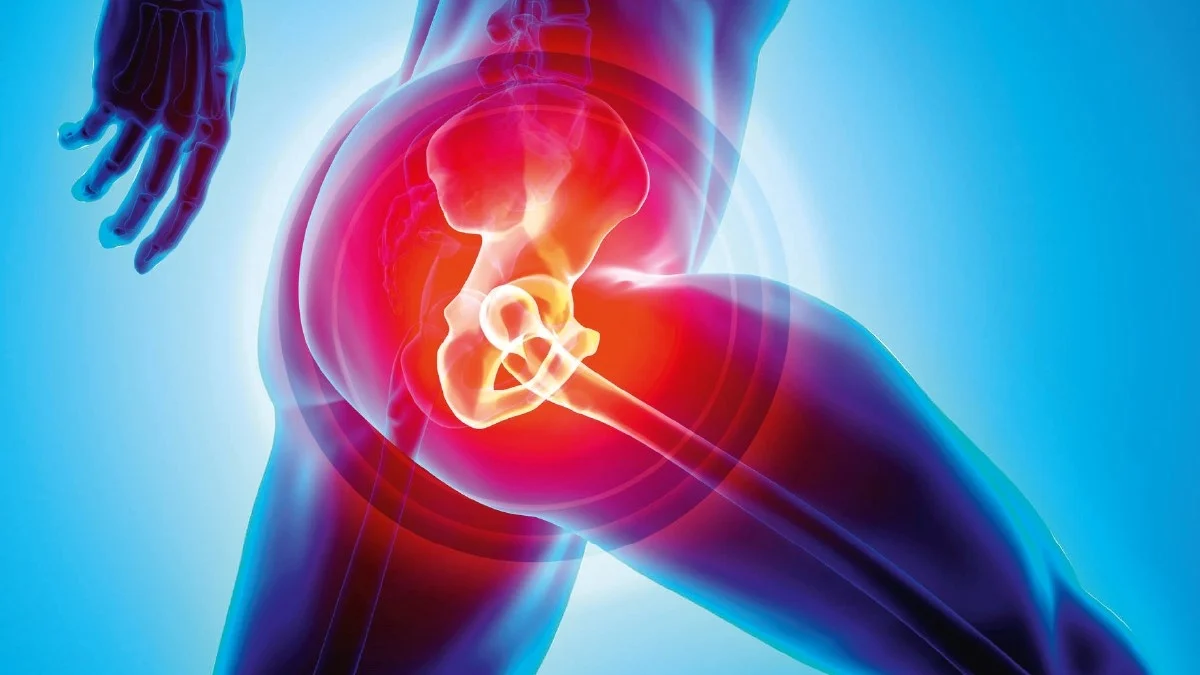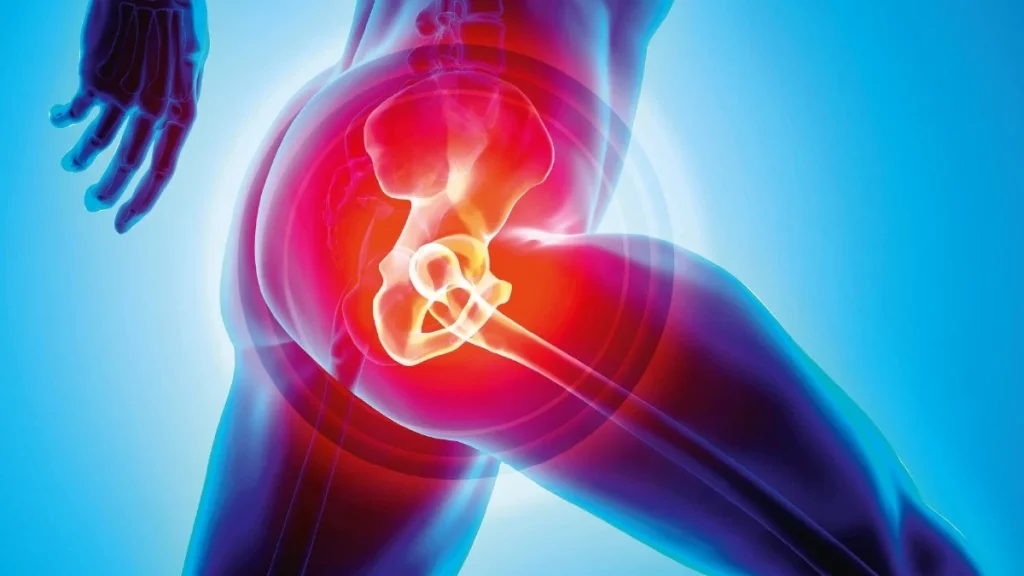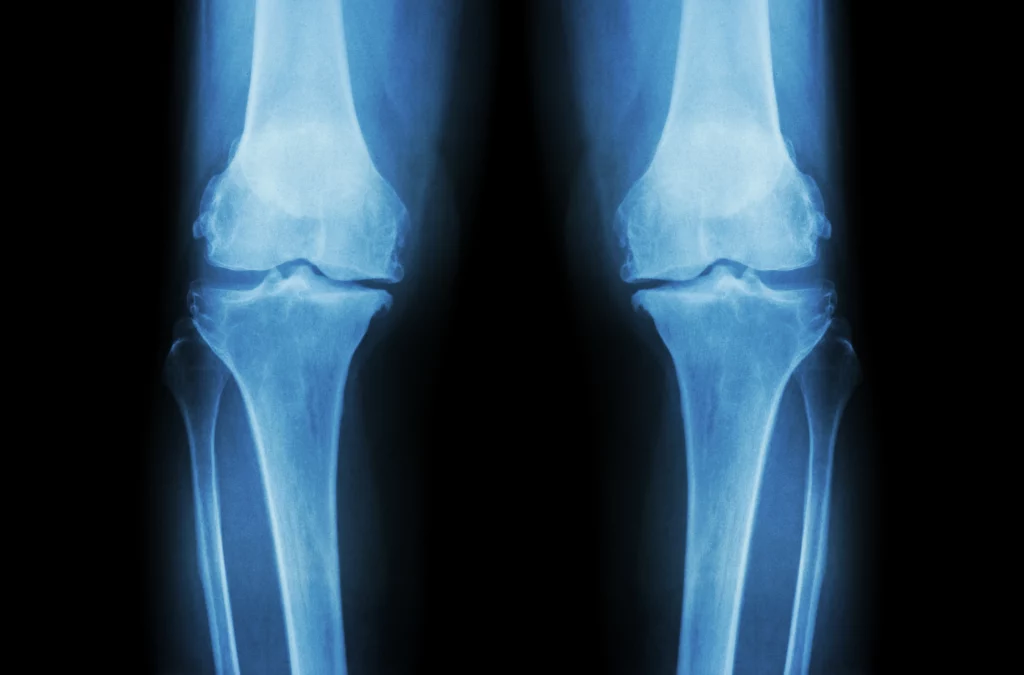
A hip replacement is the last resort when it comes to a damaged hip. Prior to invasive surgery, doctors will recommend everything, from physical therapy to stem cell treatments, in order to see if a hip replacement can be avoided. Some patients, however, simply have too much wear-and-tear on a hip. Even the best and latest stem cell treatment and technology cannot prevent surgery in these cases.
Choosing a hip replacement device is a decision that you and your surgeon will make together, but you need to be your own advocate to ensure that you find the best hip replacement device for your body. After all, you wouldn’t want to put the wrong material into your body and pay the price for years to come. Important characteristics to look for when choosing your hip replacement should include multiple of the following.
What You Should Look For
- Whether or not the surgeon has used the implant before
- Whether or not the joint lasts 15-20 years
- If the material allows you to perform your normal activities and motions
- If the material is safe
Your surgeon should walk you through all of these issues and confirm that you are comfortable. The hip replacement device is going to be a part of you; doing your due diligence regarding what is going into your body is the least that you can do for your health.
Wear Particles
Another issue you should be aware of is wear particles. Over time materials wear down; that is a fact that neither you nor your surgeon can control. Many surgeons want to avoid this conversation, but the reality is that pieces of material used in your hip replacement will end up in your bloodstream. Why is that? Simply put: two materials that forcefully make contact with each other over a long period of time will grind each other down. This is something you and your surgeon need to have a candid conversation about.
Let’s talk about the material categories that you will encounter when considering a hip replacement, as well as the positives and negatives of each.
Metal-on-metal
Metal-on-metal hip replacement devices are no longer FDA-approved in the United States as of May 16th, 2016. The FDA believed there was sufficient evidence that these hip replacement devices were riskier than other devices on the market.
The device was put under scrutiny for good reason; the metal joint and socket would rub together and release metal ions into your bloodstream. These ions would subsequently lead to a wide variety of issues, including kidney disease and neurological damage. It appears that these hip replacement devices are extinct and there are no plans for them to return.
If your surgeon recommends a metal-on-metal hip replacement, pack your bags and run – or hobble – for the hills.
Metal-on-polyethylene
Metal-on-polyethylene is one of the least desirable hip replacement devices (besides metal-on-metal). Both metal and polyethylene are subject to wear particles, and the plastic and metal contaminants that will envelope your entire joint are a cause for concern. Nevertheless, metal-on-polyethylene still remains the second most popular hip replacement device.
Two areas where the metal-on-polyethylene implant performed as well as the more impressive ceramic-on-ceramic implant? Hip function and the lack of deep infection.
Ceramic-on-metal
Any hip replacement device with either a metal socket or ball will result in metal wear particles in your bloodstream. Ceramic is one of the best materials that can be used in a hip replacement, but when paired with a metal socket it quickly falls to the back of the pack.
Keep in mind that any metal particles in your bloodstream could lead to long-term health problems. The ceramic-on-metal implant did show less wear and friction than the all-metal counterpart, however.
Ceramic-on-polyethylene
Ceramic-on-polyethylene is currently the most popular hip replacement material, representing 50.6% of all hip replacement cases back in 2014. Patients understand the risks that metal joints and sockets bring to their long-term health and are moving away from the material.
One advantage the ceramic-on-polyethylene carries is the lack of ‘squeaking’ and less total failure compared to the all-ceramic counterpart. A large disadvantage of this type of hip replacement, however, is the wear particles of the polyethylene. There have been numerous cases of plastic building up around patients’ joints and causing serious health issues.
Ceramic-on-ceramic
Ceramic-on-ceramic seems to be the golden child for hip replacement devices for the fast few years. There have been numerous studies released that tout the lack of issues within all-ceramic hip replacement devices. They do not have any biological adverse effects or allergic responses, for example. Patients that had an all-ceramic device implanted had lower rates of revision surgery, bone deterioration, and the loosening and/or dislocation of the device.
The drawbacks of ceramic-on-ceramic include ‘squeaking’ as well as a higher risk of damage to the device during the operation. Thankfully, newer ceramic materials have even greater strength and resiliency compared to their predecessors. The risk of ceramic failure is lower now than it has ever been.
Pay-to-play
Sadly, the medical industry has been plagued by professionals taking payments from medical device companies for using their products. This system exists even in the hip replacement field. Money talks and there is no shortage of surgeons who are willing to put their patients at risk just so they can make a quick buck.
You can protect yourself by researching both your surgeon and the hip replacement device that they are recommending. If anything seems fishy, make sure to get a second opinion. You could suffer for the rest of your life if your surgeon makes a costly decision, and you need to fight for your right to live a pain-free life.
Deciding what you are going to put into your body can be a daunting task, and there is a lot of debate about which hip replacement material is the best. Long-term research is underway to finally put this question to rest. For now it seems that ceramic-on-ceramic hip replacement devices are the most reliable and safe.



